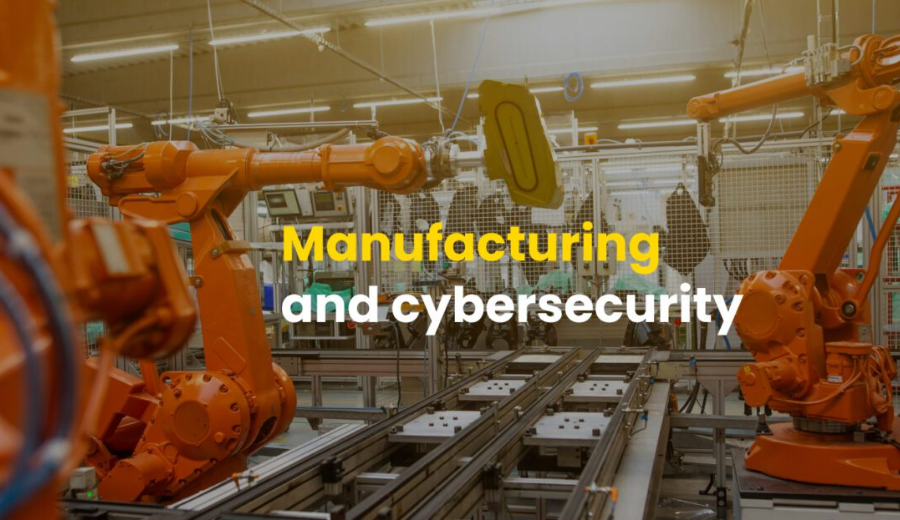As of April 22, 2025, the U.S. technology sector is experiencing significant developments across various domains. From substantial investments in artificial intelligence infrastructure to advancements in cybersecurity and shifts in manufacturing strategies, these trends are shaping the nation’s technological landscape.
AI Infrastructure Investments Amid Trade Policies
In response to evolving trade policies and the need for domestic technological capabilities, major companies are investing heavily in U.S.-based AI infrastructure. For instance, NVIDIA has announced plans to build up to $500 billion worth of AI infrastructure within the United States over the next four years. This initiative aims to establish supercomputers domestically, reducing reliance on overseas manufacturing and aligning with national interests in technological self-sufficiency.
Cybersecurity Innovations and Upcoming Conferences
With the increasing complexity of cyber threats, the U.S. is witnessing advancements in cybersecurity measures. Artificial intelligence is playing a pivotal role in real-time threat detection, enhancing incident response times, and reducing dependence on manual processes. Additionally, the adoption of quantum-resistant encryption methods is on the rise to safeguard sensitive data against future quantum computing threats.
The RSA Conference 2025, scheduled for April 28 to May 1 in San Francisco, will serve as a platform for cybersecurity professionals to discuss these developments. The conference will cover topics such as the implications of quantum computing on encryption standards and the role of AI in detecting vulnerabilities.
Manufacturing Shifts and the CHIPS and Science Act
The CHIPS and Science Act continues to influence the U.S. manufacturing landscape, particularly in the semiconductor industry. In January 2025, the Department of Commerce announced a $325 million award to Hemlock Semiconductor to support the construction of a new polysilicon crystal factory in Michigan. These investments aim to bolster domestic semiconductor production and reduce dependency on foreign supply chains.
















